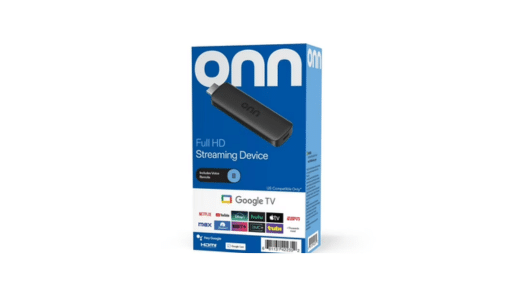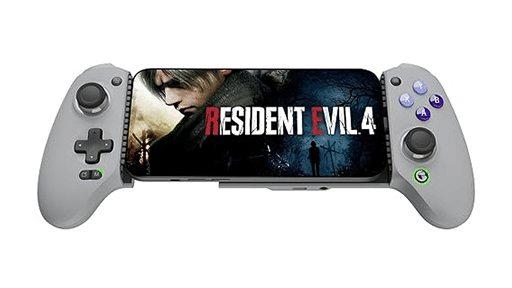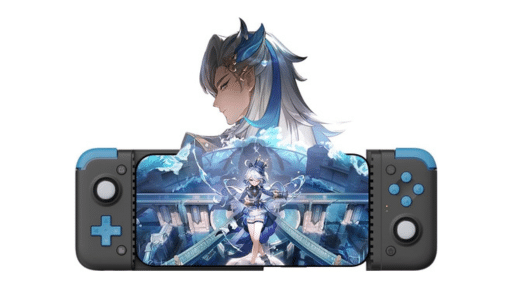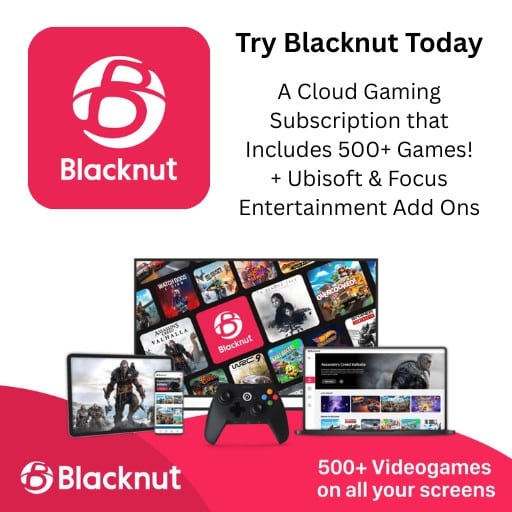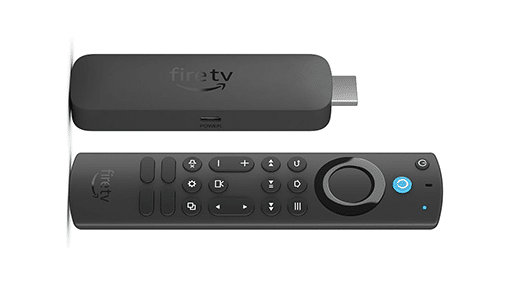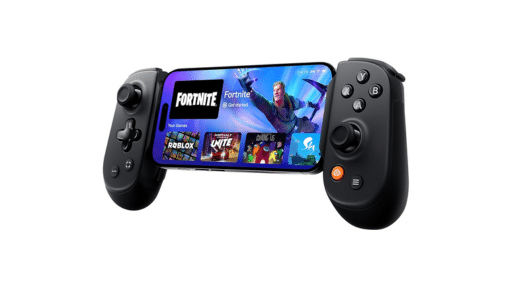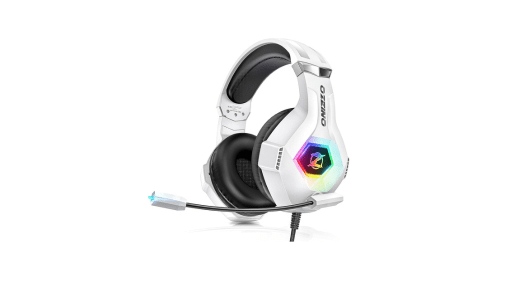Before we begin, if you’re new to Stadia it’s important to make this clear: you DO NOT NEED to buy this controller to play games on Stadia. You can use a Playstation, Xbox or Nintendo controller. You can also use your keyboard and mouse, or you can use your phone as a controller. If you’re wondering what the point of the Stadia controller is, think of it as the “optimal” way to play Stadia games. With that, let’s get to the review.
For a platform that barely has any “hardware” attached to it, the Stadia controller really seems to have become the “image” of Stadia. One would think after nine generations of gaming consoles, there would be no original designs, but here we are. To be fair, the controller borrows the spirit of all the major players. It seems to borrow the bulbous curves and d-pad from Nintendo, the shape and arrangement from PlayStation and the button “feel” and labels from Xbox.
While it takes from so many, it still manages to create a unique identity. The clever new “assistant” button, while perhaps not fully realized yet, is certainly a unique idea with lots of untapped potential. The buttons are the clickiest things I have ever felt on a gamepad, and that same clickiness extends to the dpad, which is a new and unique sensation that can be difficult to adjust to. The colored analog sticks, a simple but brilliant touch, make it immediately identifiable from any other gamepads from any generation before it. Then, there is, of course, the way it connects to the games.
The controller’s wi-fi connectivity is its single stand out feature, and the real reason you might be motivated to purchase it. Because Stadia is a cloud gaming console, the controller connects directly to its “console” in the cloud through your home wi-fi network. So, it uniquely bypasses the computer or cell phone you’re actually playing on, and connects to the internet directly rather than through your device. The whole point of this is to ensure that the games you’re playing have the quickest possible response and there is as little lag as possible when you’re pressing buttons. It’s a very clever idea, and the technical analysis videos done by the nerds on YouTube attest that it’s both effective and reliable in its performance. As someone who has used the controller for over a year, I would agree that I feel the difference between this and my Xbox controllers when I’m playing Stadia. But, I would also say that it’s a very small difference. I notice it because I’m a nerd that is constantly examining how well my technology is working for me. I suspect a casual player wouldn’t notice the difference at all, even if I pointed it out to them. What they will notice though is the controller’s design.
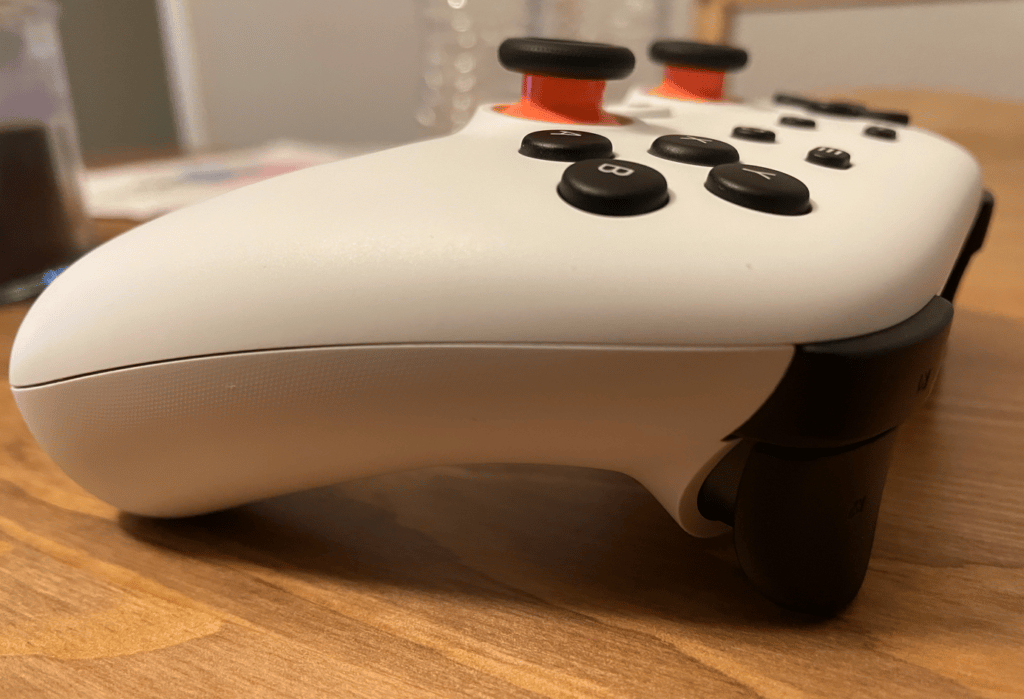
This thing feels so natural in the hands. It might be the most natural contour I’ve ever felt from a first party. The overall shape fits my hands better than even the Gamecube pad, my all-time personal favorite. I would describe it as a big controller, perhaps just a tad smaller than the beastly PS5 Dualsense, but its long legs and nice compression of the face buttons make it fine for smaller hands too. It feels solid as well, despite its refreshingly light weight. The color choices too, especially the Wasabi, are instantly iconic. The design, in terms of the way it looks and feels, is strikingly modern.
What isn’t modern is the features on the inside.. The triggers are buttery smooth, but feel empty and antiquated compared to the modern Xbox and Playstation controllers, which now have vibration and feedback built into each trigger. The capture button will only record up to 30 seconds of gameplay, and the vibration sensation is the least authentic feeling among any modern competitors. The vibration function technically works, but that’s about all I can say. The battery life too is simply adequate. While I haven’t measured my use time exactly, I would wager that I get between 5-6 hours on a charge. That’s consistent with Playstation’s controllers, but still inadequate when you consider that Nintendo’s controller, for the same price, offers five times the battery life and better vibration. The charge indicator is also needlessly vague. The on screen battery indicator would make me think I had over 50% battery and then it died on me thirty minutes later.

Speaking of price, that’s a big frustration for me here. The only real standout feature of this controller over other gamepads is the fact that it has a wifi chip inside. While I acknowledge a wifi chip isn’t free, Google sells Chromecasts capable of 4k streaming for less than $30. Sony sells the PS5 DualSense at a profit for $70. That controller has a touch pad, independent force feedback in each trigger, and an extremely sophisticated vibration engine. For the same price on Stadia, you get none of that. There is simply no reason for the Stadia controller to cost what it does, especially for a company that makes affordable electronic devices in so many other consumer segments, like home audio and mobile phones. The Stadia controller has been priced at a boutique level when the platform has not yet earned that status. Google is the new kid in the gaming space, and they should price their hardware like a company that’s trying to win customers.
While it is certainly expensive (at its regular price) for what you get, the Stadia controller is still a high quality product, and is worth it if Stadia is your main gaming platform. It’s especially worth it when it goes on sale. I have controllers from every major console hanging around in my home, and they are all compatible with Stadia. But, I still pick up this controller when I want to stream my games. If you’re invested in the Stadia ecosystem and you play regularly, this little guy is worth having.

